Moulding – The Country House Builder
Established in 1798, Moulding is an 8th generation family owned and managed business, specialising in high-end residential building projects.


Ryeville, South Newton, Salisbury, Wiltshire SP2 0QW
Masters of country house craftsmanship
Few building firms can claim the pedigree, expertise, and sheer dedication to their craft that Moulding offers. Whether entrusted with the restoration of an ancient castle, the meticulous maintenance of a heritage estate, or the creation of a new country house in the grand tradition, they bring an unparalleled level of skill and integrity to every commission.
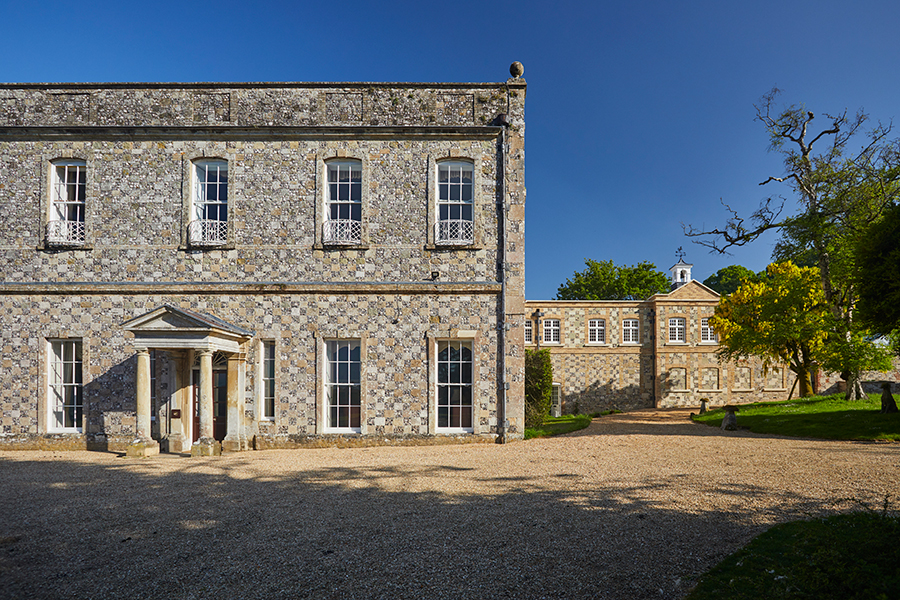
For over two centuries, the name Moulding has been synonymous with excellence in the building and restoration of the finest country houses across the South of England. With a heritage stretching back to 1798, this 8th-generation family firm has firmly established itself as the foremost builder of high-end country houses, seamlessly blending traditional craftsmanship with modern innovation.
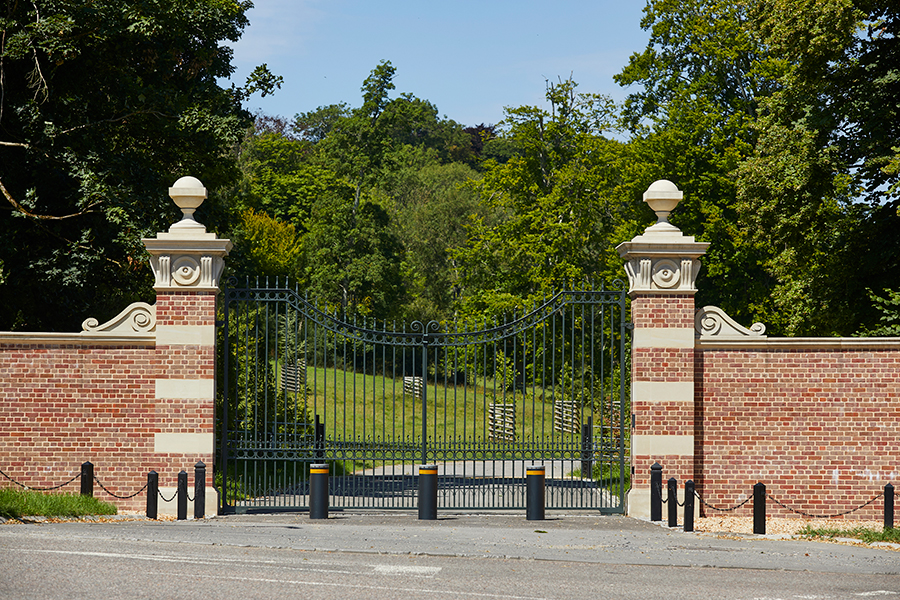
Netherhampton Gates, Wilton House, Salisbury.
Today, under the expert stewardship of Tim Moulding, the firm employs over 130 highly skilled craftspeople, including master stonemasons, joiners, and conservation specialists, each dedicated to the meticulous art of country house construction and restoration. This commitment to excellence has earned Moulding a place in the Country Life Top 100 for an unrivalled ten consecutive years, with a reputation as one of Britain’s top five builders.
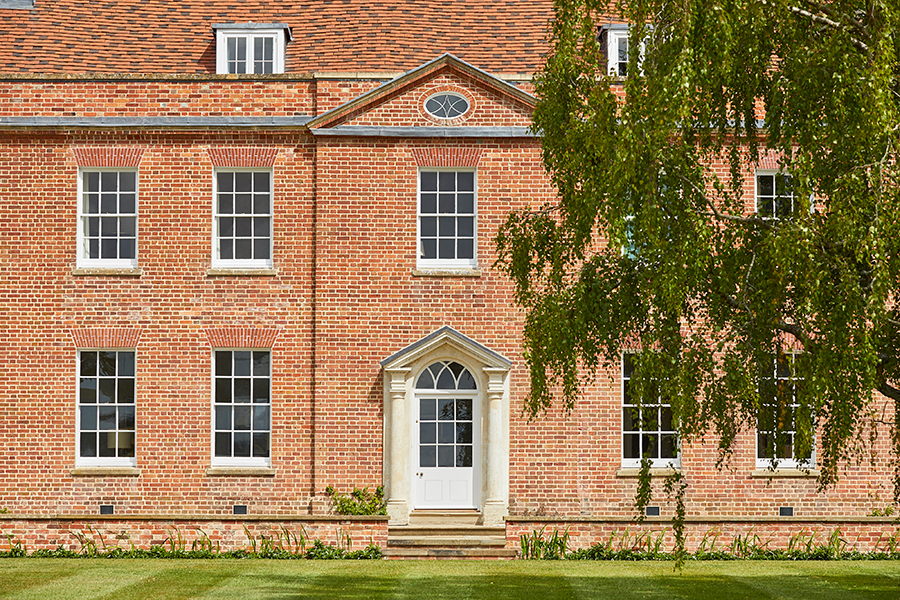
A legacy of excellence
What sets Moulding apart is its commitment to craftsmanship, historic authenticity and its ability to blend modern technologies and methods with traditional approaches. Each project, whether an ambitious new build or the delicate restoration of a Georgian, Victorian or Edwardian country house, is approached with the same meticulous attention to detail that has been the hallmark of the company.
Unlike many modern construction firms, which rely on subcontractors, Moulding has invested in its own in-house bespoke joinery workshop, ensuring that every element of a build - from grand oak staircases to intricate panelling and cabinetry - meets the highest standards of artistry. Their ability to marry traditional building methods with contemporary technology means that whether designing a Palladian-inspired new country residence or restoring the fabric of a historic estate, the firm delivers work of unparalleled quality and future-proofs the building for generations to come.
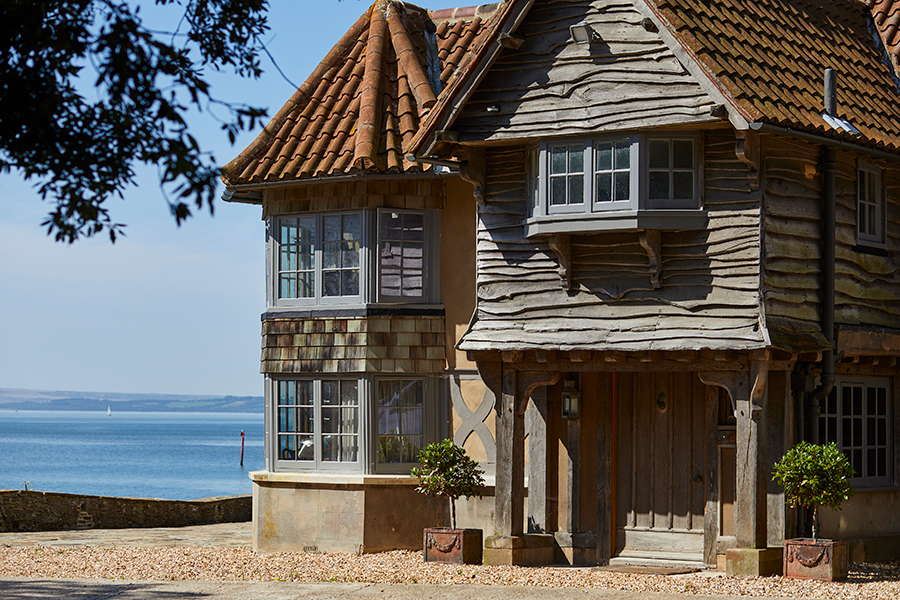
Custodians of Britain’s Built Heritage
Beyond its private commissions, Moulding is entrusted with the conservation and maintenance of some of Britain’s most iconic historic sites. Working closely with English Heritage, the firm is responsible for the ongoing preservation of Stonehenge, Lulworth Castle, Old Sarum Castle, and Tintagel Castle, among many others. These are projects that demand specialist knowledge and sensitivity, ensuring that these national treasures are preserved for the future.
Such a role is not merely about structural integrity; it is about understanding the soul of a building. It requires an intricate knowledge of traditional materials, from the precise mix of lime mortar to the sourcing of stone that matches the original construction. Moulding’s team of conservation specialists are among the finest in the country, ensuring that each restoration is carried out with historical fidelity and lasting durability.
Exquisite houses, the beauty of Nature, and how to get the most from your life, straight to your inbox.
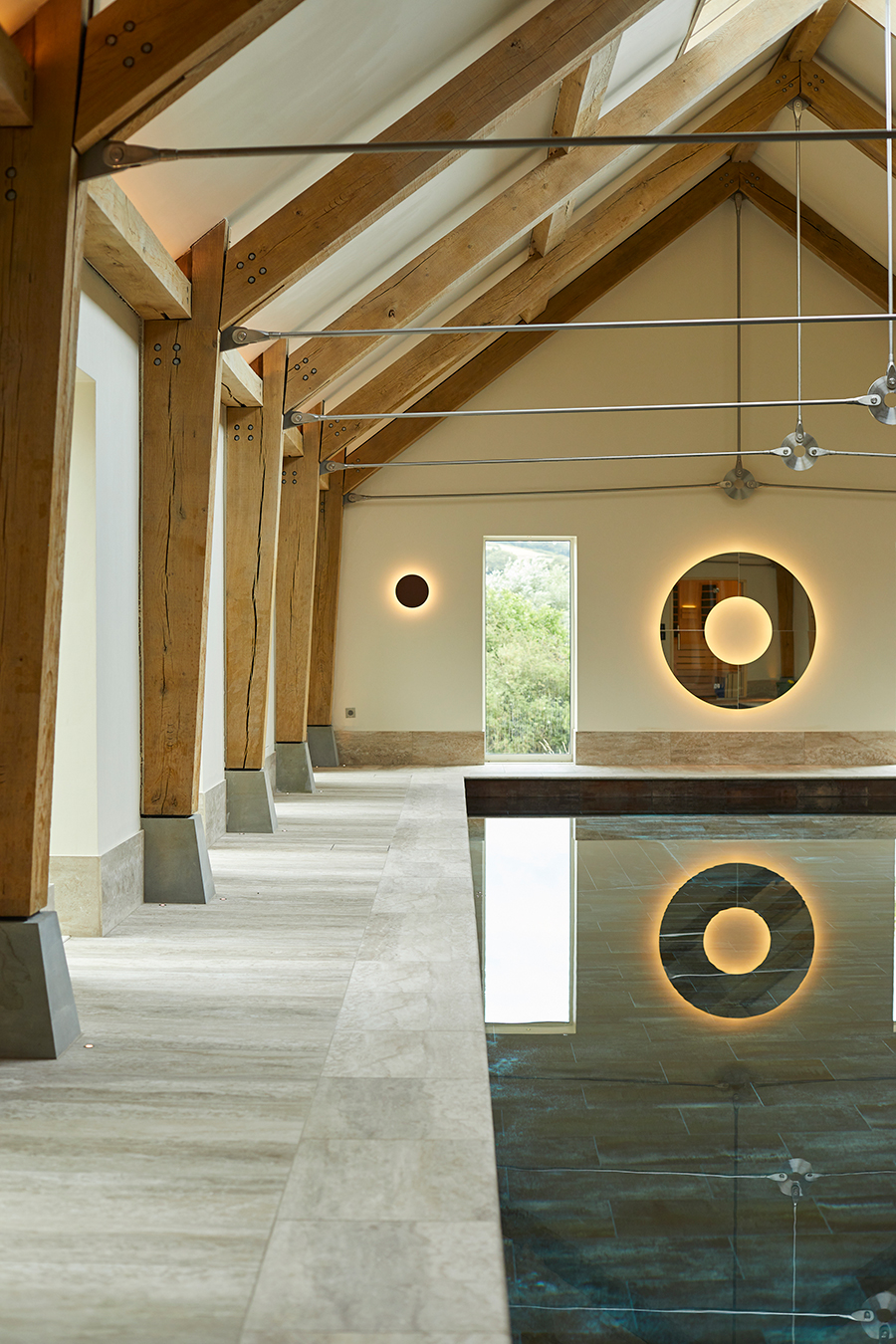
Creating timeless residences
For private clients seeking to build or restore a country house of distinction, Moulding offers an unrivalled level of service. The company has been responsible for some of the most impressive and beautiful residences across the South of England, creating homes that respect tradition while embracing contemporary living.
Their projects include everything from the meticulous renovation of historic manor houses to the construction of new-build country estates, executed with a level of detail that makes them indistinguishable from their 18th or 19th-century counterparts. Each commission is tailored to the client’s vision, yet underpinned by the firm’s architectural sensibility, technical expertise, and commitment to enduring quality.
A Moulding-built home is not merely a place to live; it is an investment in craftsmanship and heritage, a building that will stand proudly for generations to come.
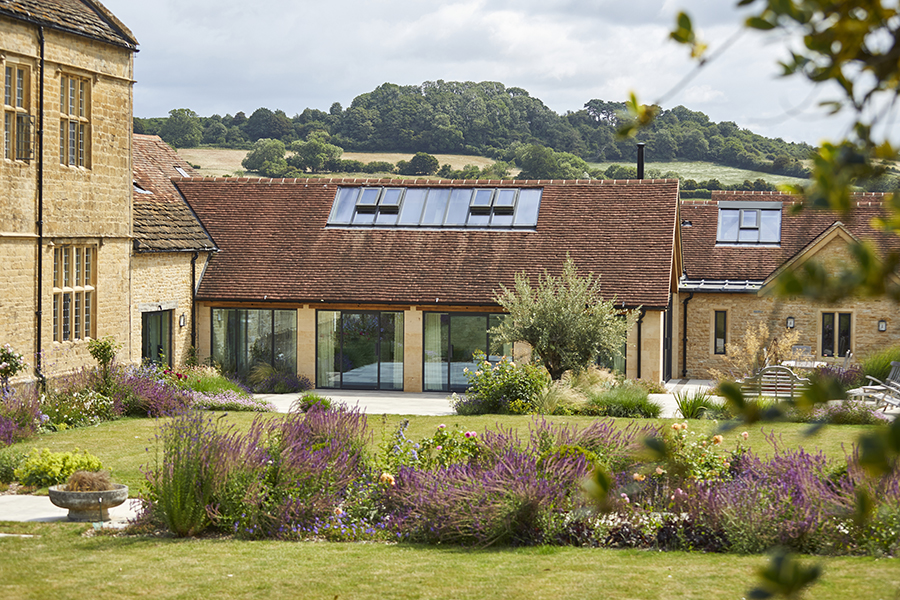
Planned Preventative Maintenance
Owning a historic country house is both a privilege and a responsibility, requiring ongoing maintenance to preserve its fabric and integrity. Recognising this, Moulding offers a specialist Planned Preventative Maintenance (PPM) service, designed to anticipate and address potential issues before they become costly repairs.
From roof inspections to stonework conservation, the firm provides a bespoke maintenance plan tailored to each property’s unique needs. This proactive approach ensures that historic and newly built homes alike remain in pristine condition, protecting both their aesthetic and structural integrity.
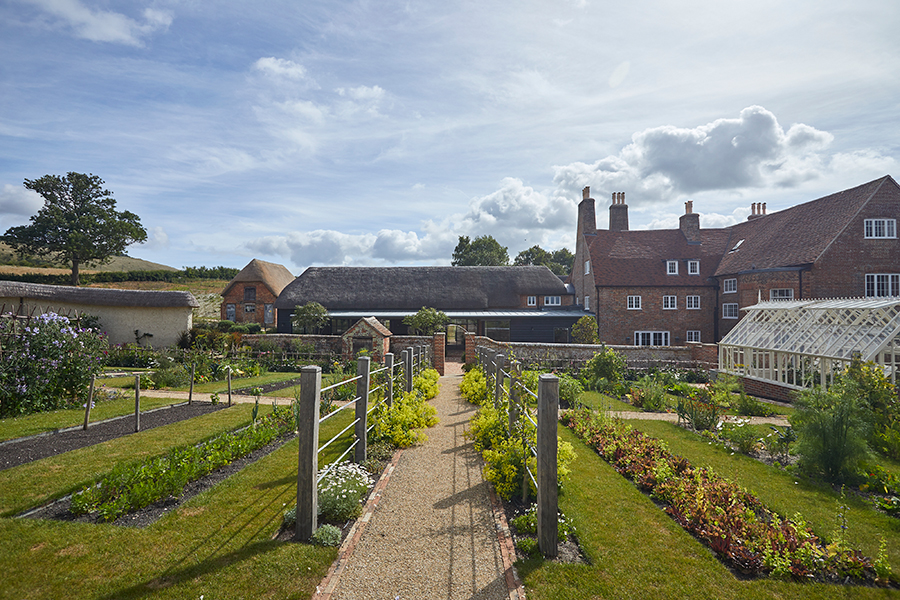
Independent advice for country house projects
Beyond the craftsmanship of the main firm, Tim Moulding has extended his expertise into the realm of specialist consultancy. Through Country House Building Consultants Ltd (CHBC), he offers an independent advisory service tailored to private individuals embarking on the complex journey of a country house build or restoration.
Navigating the process of constructing or restoring a significant country residence is fraught with potential pitfalls, from planning restrictions and contractor selection to project delays and escalating costs. CHBC provides a strategic, practical, and cost-saving service, ensuring that clients receive expert guidance at every stage - from pre-purchase assessments to post-completion maintenance.
Whether a client is looking to build a new estate in the classic English tradition, renovate a Georgian manor, or restore a centuries-old family seat, CHBC ensures a smooth, informed, and rewarding experience.
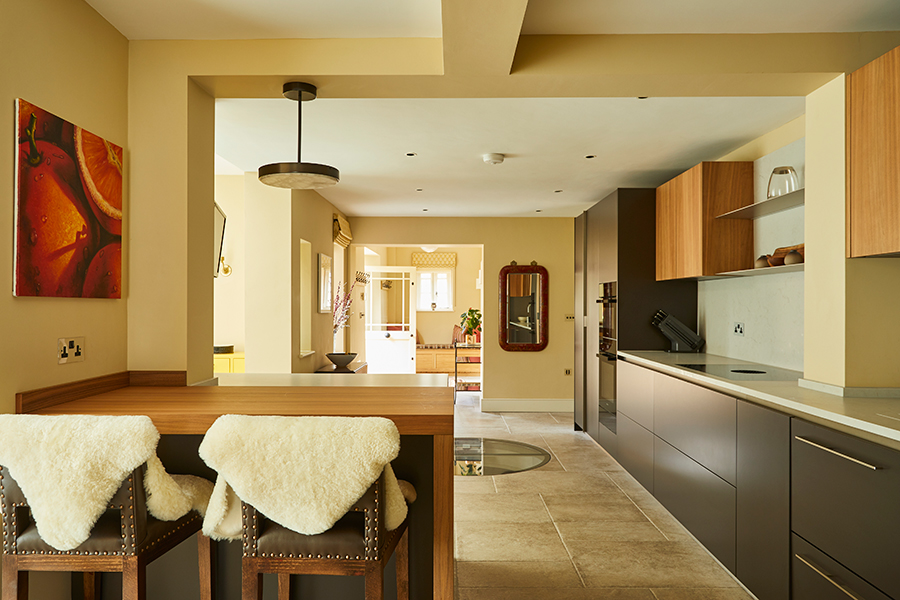
Why Moulding?
In a niche sector where few firms truly specialise in country house construction and restoration, what makes Moulding stand apart? The answer lies in the depth of expertise, understanding of heritage, and personal approach that this family-run firm brings to every project.
- Generations of craftsmanship - Established in 1798, Moulding carries over 225 years of expertise in country house building and restoration.
- A true in-house service - From bespoke joinery to expert maintenance, every element is crafted by their own team of artisans.
- A trusted name in conservation - Maintaining some of England’s most treasured historic landmarks.
- Unrivalled reputation - Listed in the Country Life Top 100 for ten consecutive years, the firm is one of the most respected and accomplished residential building companies in Britain.
- A tailored approach - Whether a full new-build residence or a sensitive restoration, every project is approached with respect for tradition and an eye for enduring beauty.
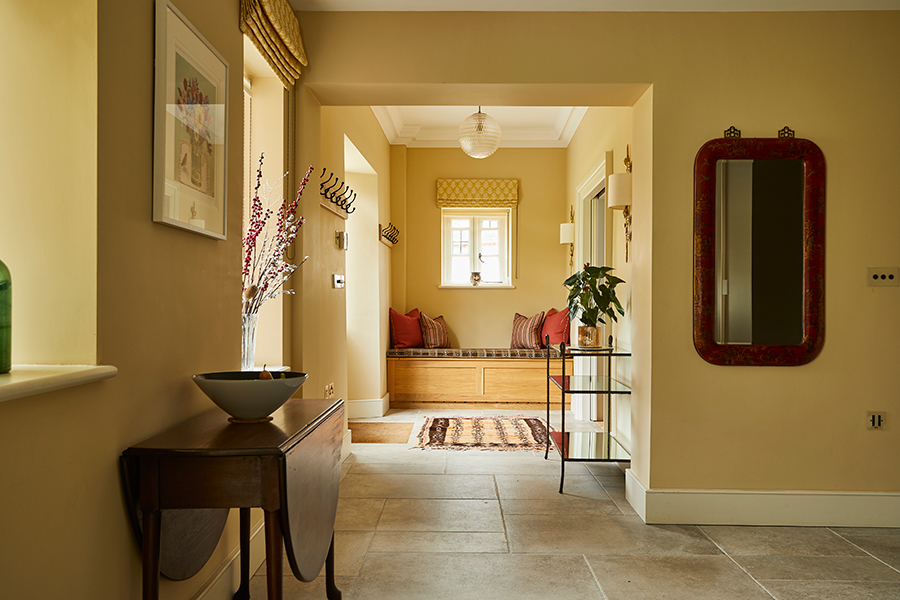
A Moulding-built home is not just a house; it is a piece of living history, crafted with the same care and dedication that has defined the company since the late 18th century.
For those who appreciate the timeless elegance of a beautifully built home, Moulding is the benchmark.
To learn more about Moulding’s work, visit www.mouldingthebuilder.co.uk
For independent consultancy on country house projects, visit www.countryhousebuildingconsultants.co.uk
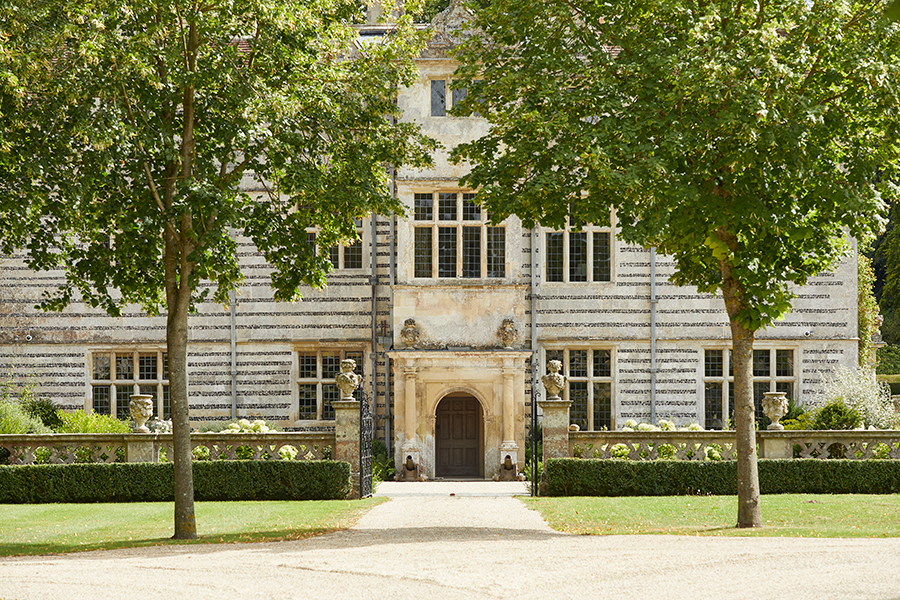
-
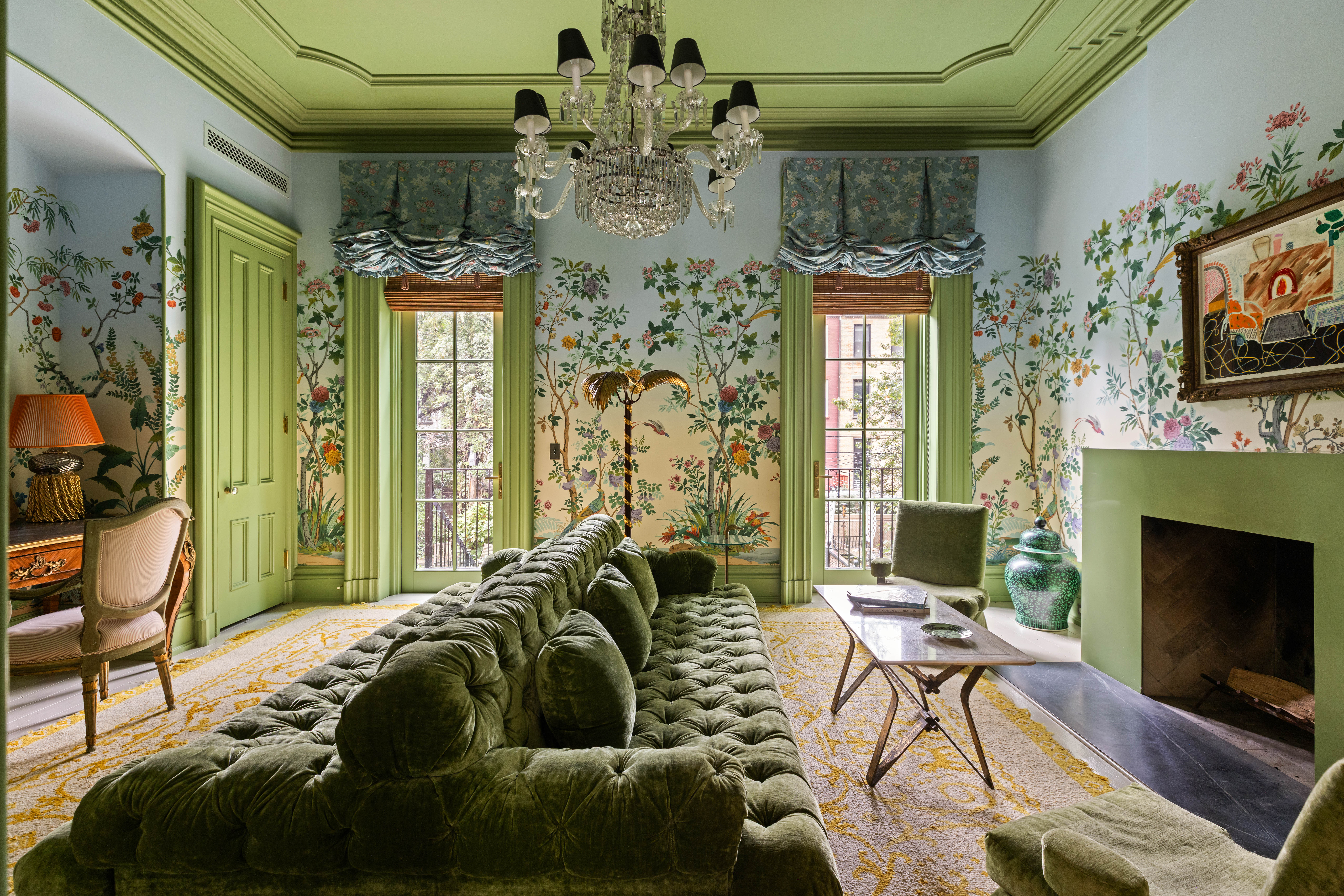 The eclectic New York townhouse that Lily Allen sings about in her new, headline-making album is for sale
The eclectic New York townhouse that Lily Allen sings about in her new, headline-making album is for sale381, Union Street is on the market just days after the singer’s latest album details the alleged infidelity in her marriage.
-
 When did the Titanic sink and other questions. It's the Country Life Quiz of the Day, October 29, 2025
When did the Titanic sink and other questions. It's the Country Life Quiz of the Day, October 29, 2025Test your general knowledge in Wednesday's quiz.